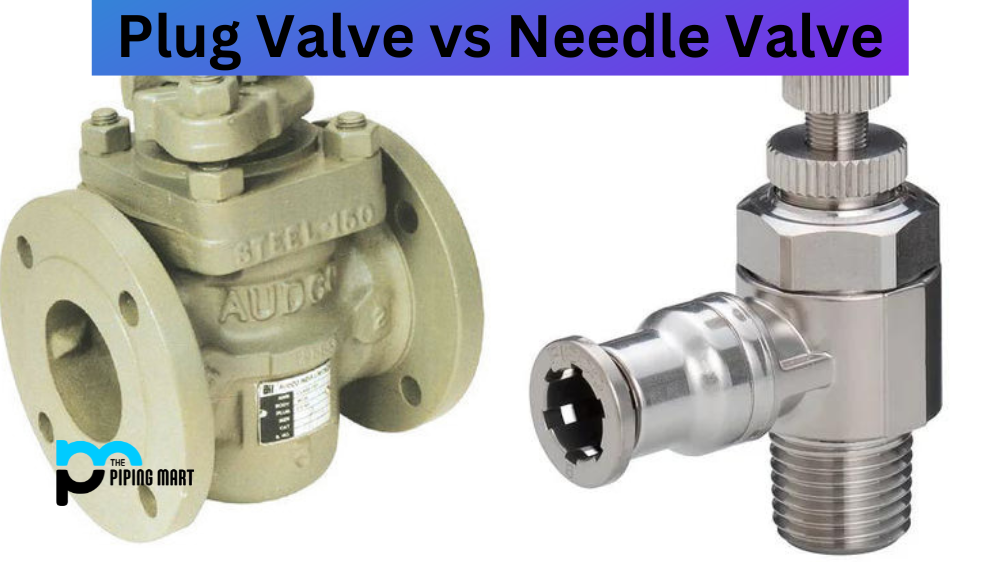When controlling fluid flow in an industrial setting, valves are essential. Valves come in different types, each with its own unique set of functions suited for specific applications. Two of the most commonly used valves are rotary valves and globe valves. In this blog post, we will closely examine these two valves and explore their differences.
What is Rotary Valve?
A rotary valve is a type of flow control device in which a rotating element with multiple ports controls fluid flow. It works by directing the flow of air or liquid through different ports as it rotates, allowing for control over pressure and volume. Rotary valves are used in pneumatic systems, fuel injection engines, pumps and compressors.
What is Globe Valve?
Globe valves are control valves used to regulate the flow and pressure of liquids and gases. They feature a movable disk-type element with seat rings to block or permit flow. They provide tight shutoff, superior throttling characteristics, and high rangeability, making them versatile for many industrial applications such as HVAC systems, process lines, petrochemical plants, etc.
Difference Between Rotary Valve and Globe Valve
Design and Function
Both rotary and globe valves perform a similar function – regulating fluid flow. However, their design and function differ. A rotary valve is a revolving cylinder that rotates in a cavity, controlling the fluid flow by changing the position of its ports. On the other hand, a globe valve is a linear valve that uses a disc to control fluid flow. When the stem is turned, the disc moves up or down, blocking or allowing fluid flow.
Flow capacity
Another difference between rotary valves and globe valves is their flow capacity. Rotary valves have a higher flow capacity than globe valves and can handle larger fluid volumes. Their design gives them a larger cross-sectional area, making them more suitable for handling high-flow applications such as bulk solids, powders, and granular materials.
Globe valves, on the other hand, are better suited for applications requiring precise control of fluid flow. They have a high range of motion, allowing greater control in regulating fluid flow.
Control and Pressure Drop
Rotary valves offer superior flow control in both forward and reverse directions. With a rotary valve, it is easy to control the flow of fluids in both directions, giving it a unique advantage over other valves.
Globe valves have a high-pressure drop compared to rotary valves, making them less suitable for applications where pressure drop is a concern. In addition, they are not reversible, meaning they can only handle flow in one direction.
Maintenance and Service
Another significant difference between rotary valves and globe valves is their maintenance requirements. Rotary valves are more robust and require less maintenance compared to globe valves. They are designed to have fewer moving parts, reducing the likelihood of failure and wear.
On the other hand, globe valves require more maintenance to keep them operating efficiently. The valve seat and the disc of a globe valve require frequent maintenance and replacement to avoid leakage.
Conclusion:
In conclusion, rotary and globe valves are efficient controls for regulating fluid flow in an industrial setting. The type of valve you choose will depend on the application. Rotary valves are better suited for high-flow applications where the pressure drop is a concern, while globe valves are better suited for precision applications. The maintenance requirements also differ between the two valves, with rotary valves requiring less maintenance than globe valves. When selecting the valve, it’s essential to consider the cost, flow capacity, maintenance, and control requirements based on the application.

Pipingmart is a B2B portal that specializes in metal, industrial and piping items. Additionally, we share the latest information and information about materials, products and various types of grades to assist businesses that are involved in this business.




